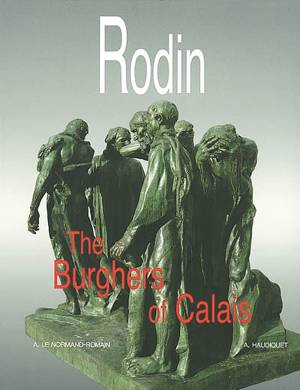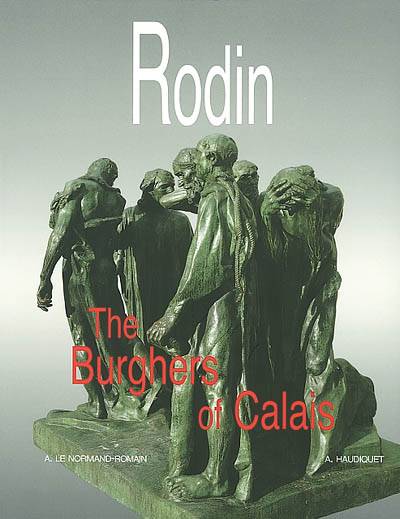
- Retrait gratuit dans votre magasin Club
- 7.000.000 titres dans notre catalogue
- Payer en toute sécurité
- Toujours un magasin près de chez vous
- Retrait gratuit dans votre magasin Club
- 7.000.000 titres dans notre catalogue
- Payer en toute sécurité
- Toujours un magasin près de chez vous
Rodin, the Burghers of Calais
Antoinette Le Normand-Romain, Annette HaudiquetDescription
Justifiably famous throughout the world, The Burghers of Calais Monument (1889), the work of Rodin while still a young man, reflects his intense admiration for gothic art and for the masters of the Florentine renaissance, as well as for the portraits of 17th century Dutch groups. But it also occupies a special place in the history of the public monument. Beyond paying homage to those who sacrificed themselves for their country, it offers an image of men like ourselves, placed in a situation that we could well experience. By giving a universal character to the group, Rodin created one of the masterpieces of an era which placed the individual and his internal world at the centre of its preoccupations. However, through the liberties that he took with the rules governing monumental sculpture, The Burghers of Calais posed infinite problems for the town of Calais. Throughout the 20th century, these were translated at every occasion by a constant calling into question of the work, its composition, its location and its presentation with or without a pedestal. Remaining as lively and polemic as during its inauguration in 1895, these discussions show the permanence of the debate that the group aroused in Calais, until, having finally found its resting place in front of the new Town Hall, it was recognised indisputably as the trustee of the town's identity.
Spécifications
Parties prenantes
- Auteur(s) :
- Editeur:
Contenu
- Nombre de pages :
- 78
- Langue:
- Anglais
Caractéristiques
- EAN:
- 9782901428718
- Date de parution :
- 10-08-01
- Format:
- Livre broché
- Dimensions :
- 220 mm x 280 mm







